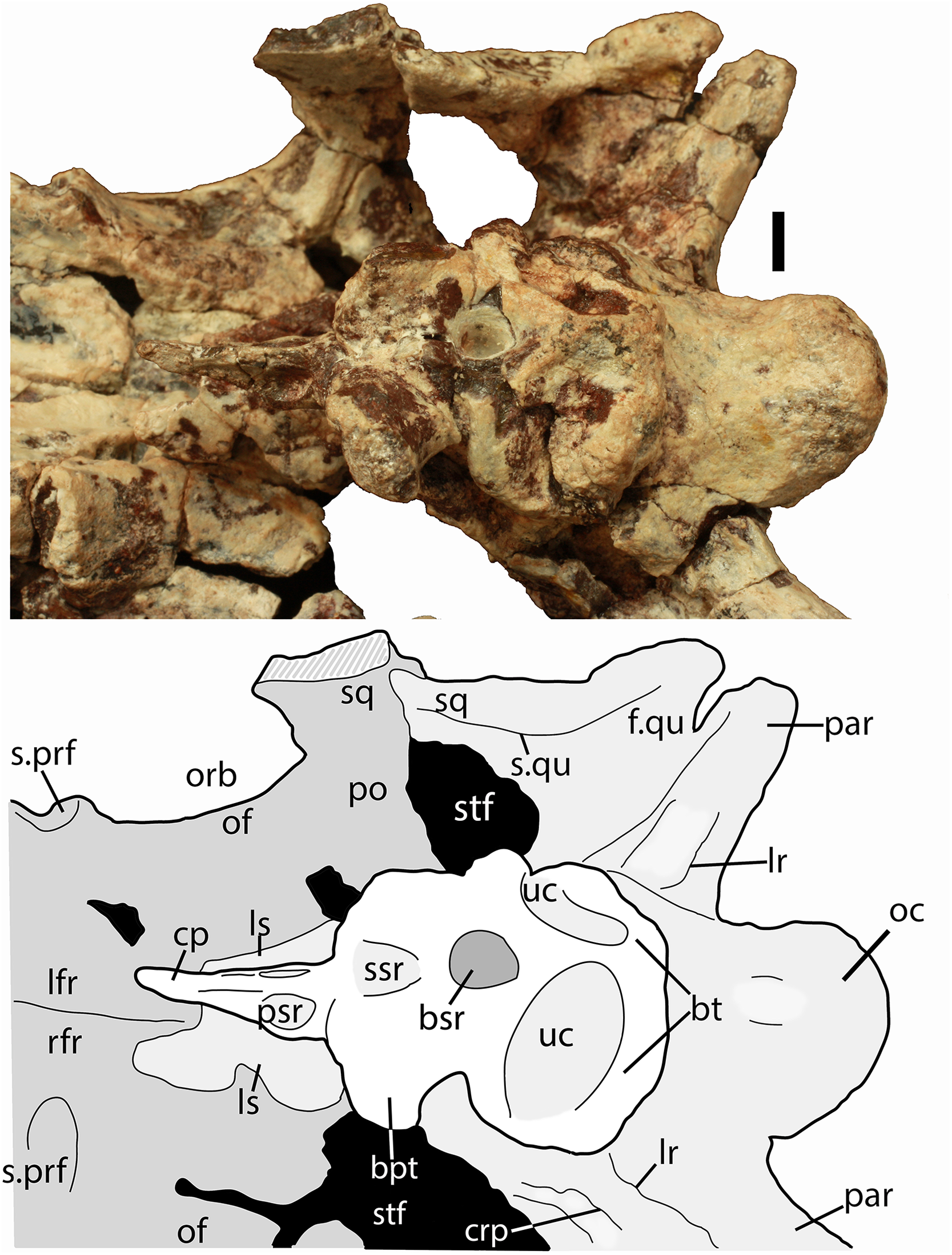Industrial Efficiency Solution

본문
Several approaches have been proposed to implement predictive maintenance, including traditional machine learning and artificial intelligence methods that struggle with overfitting concerns. However, these traditional methods have their limitations, such as requiring large amounts of historical data and being susceptible to overfitting. A more effective approach is needed, one that can efficiently integrate data from various sources and provide accurate predictions.
Server-side rendering (SSR) based solutions have emerged as a promising technology for predictive maintenance. SSR uses server-side scripting to generate static HTML on each request, providing a fast and scalable solution. This approach allows for seamless integration of data from various sources, including real-time data streams.

SSR-based solutions have several advantages in predictive maintenance, including the ability to:
- Integrate multiple data sources: SSR allows for easy integration of data from various sources, including databases and real-time data streams. This enables the creation of a comprehensive view of equipment performance and health.
- Provide real-time predictions: SSR enables real-time predictions by integrating machine learning models with real-time data feeds. This allows maintenance teams to respond quickly to potential failures.
- Reduce latency: SSR-based solutions reduce latency by optimizing application performance. This enables fast and responsive applications, even with large amounts of data.
- Improve scalability: SSR-based solutions are highly scalable, making them ideal for large and complex manufacturing operations.
- Enhance security: SSR-based solutions improve security by reducing the attack surface.
- API Gateway: This component provides a single entry point for all incoming requests, routing them to the correct endpoint.
- Server-Side Rendering Engines: These engines generate static HTML on each request, providing a fast and scalable solution.
- Machine Learning Models: These models analyze data from various sources to make accurate predictions about equipment health and performance.
- Database: This component stores huge amounts of equipment data data, enabling the creation of comprehensive views of equipment performance and health.
In addition, the future of SSR-based solutions looks promising, with several emerging trends and technologies that are likely to shape its development. Some of the key trends include:
- Edge Computing: This trend involves moving data processing and analysis to the edge of the network, reducing latency and improving live analytics.
- 5G Networks: This technology provides improved network reliability.
- Augmented Reality and Virtual Reality: These technologies enable more immersive and interactive experiences, improving training and maintenance operations.
- Internet of Things (IoT): This trend involves connecting devices and sensors from various manufacturers, enabling the creation of comprehensive views of equipment performance and health.

댓글목록0
댓글 포인트 안내